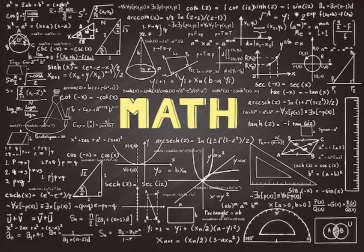Question
a.
R+
b.
R-
c.
R+ U R-
d.
R
Posted under Regular Expressions Formal Languages and Automata Theory
Engage with the Community - Add Your Comment
Confused About the Answer? Ask for Details Here.
Know the Explanation? Add it Here.
Q. RR* can be expressed in which of the forms:
Similar Questions
Discover Related MCQs
Q. A finite automaton accepts which type of language:
View solution
Q. Which among the following are incorrect regular identities?
View solution
Q. Simplify the following regular expression:
ε+1*(011) *(1*(011) *) *
View solution
Q. P, O, R be regular expression over ∑, P is not ε, then
R=Q + RP has a unique solution:
View solution
Q. Arden’s theorem is true for:
View solution
Q. The difference between number of states with regular expression (a + b) and (a + b) * is:
View solution
Q. In order to represent a regular expression, the first step to create the transition diagram is:
View solution
Q. (0+ε) (1+ε) represents
View solution
Q. The minimum number of states required to automate the following Regular Expression:
(1) *(01+10) (1) *
View solution
Q. Regular Expression denote precisely the ________ of Regular Language.
View solution
Q. Which of the following is correct?
Statement 1: ε represents a single string in the set.
Statement 2: Ф represents the language that consist of no string.
View solution
Q. The appropriate precedence order of operations over a Regular Language is
View solution
Q. Regular Expression R and the language it describes can be represented as:
View solution
Q. Let for ∑= {0,1} R= (∑∑∑) *, the language of R would be
View solution
Q. If ∑= {0,1}, then Ф* will result to:
View solution
Q. The given NFA represents which of the following NFA
View solution
Q. Which of the following represents a language which has no pair of consecutive 1’s if ∑= {0,1}?
View solution
Q. The finite automata accept the following languages:
View solution
Q. (a + b*c) most correctly represents:
View solution
Q. Which of the following regular expressions represents the set of strings which do not contain a substring ‘rt’ if ∑= {r, t}
View solution
Suggested Topics
Are you eager to expand your knowledge beyond Formal Languages and Automata Theory? We've curated a selection of related categories that you might find intriguing.
Click on the categories below to discover a wealth of MCQs and enrich your understanding of Computer Science. Happy exploring!








